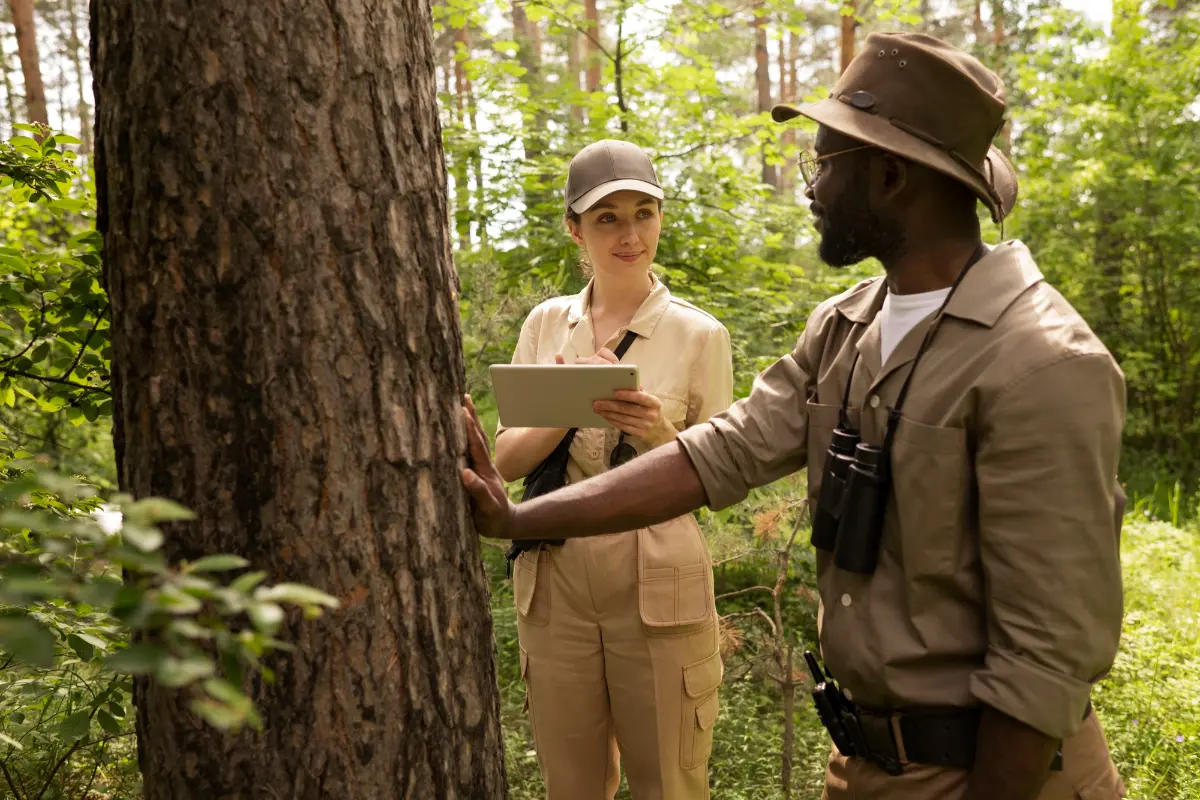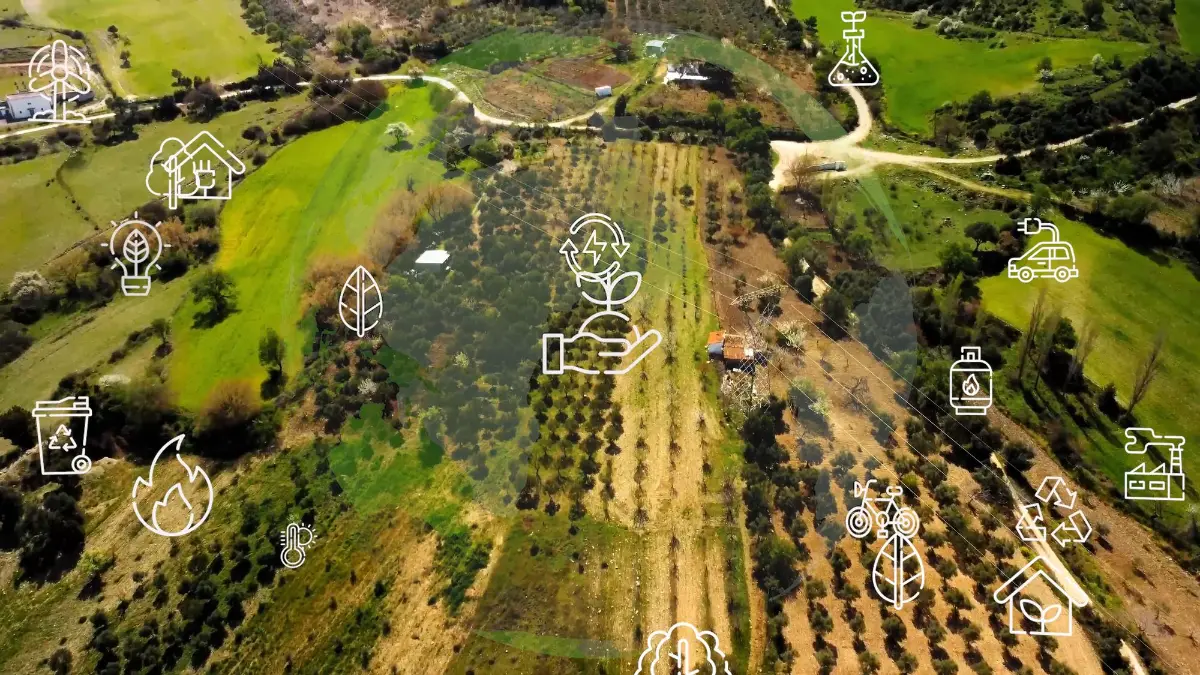In the world of arboriculture, the importance of proper tree maintenance cannot be overstated. Trees provide us with numerous benefits such as fresh air, shade, and visual beauty. However, ensuring the health and longevity of trees requires a systematic approach that takes into account various factors. This is where leveraging mapping technology and automated workflows can provide arborists with a significant advantage.
Leverage Mapping Technology for Comprehensive Tree Maintenance
Mapping technology has revolutionized the way arborists approach tree maintenance. Gone are the days of manually tracking tree locations and maintenance history on paper. With the help of modern mapping tools, arborists can now efficiently manage vast quantities of data related to trees.
One of the key advantages of mapping technology is the ability to visualize tree locations. By plotting each tree on a digital map, arborists gain a holistic perspective of their maintenance needs. This not only helps in planning and prioritizing tasks, but also in identifying clusters of trees that require immediate attention.
Furthermore, mapping technology allows arborists to document detailed information about each tree. From species and size to health conditions and pruning requirements, all pertinent data can be stored in a centralized database. This ensures that accurate and up-to-date information is readily available, making tree maintenance more efficient and effective.
When it comes to leveraging mapping technology for comprehensive tree maintenance, the benefits go beyond just location tracking and data management. With the integration of Geographic Information System (GIS) technology, arborists can now analyze various environmental factors that may impact tree health and growth.
For instance, by overlaying climate data onto the tree map, arborists can identify areas with high humidity or extreme temperature fluctuations, which can affect the overall health of the trees. This information can then be used to implement targeted interventions, such as adjusting irrigation schedules or providing additional shade, to mitigate the negative effects of these environmental factors.

In addition to climate data, mapping technology can also incorporate soil analysis results. By mapping soil composition and nutrient levels, arborists can determine if certain areas lack essential nutrients or have soil pH imbalances that may hinder tree growth. This knowledge allows them to develop tailored fertilization plans and soil amendment strategies to optimize tree health and vitality.
Another valuable application of mapping technology in tree maintenance is the ability to track and monitor pests and diseases. By integrating pest and disease data into the digital tree map, arborists can quickly identify areas with high infestation rates or disease prevalence. This enables them to implement targeted pest control measures, such as insecticide treatments or pruning infected branches, to prevent further spread and minimize damage to the tree population.
Furthermore, mapping technology can facilitate collaboration and communication among arborists, stakeholders, and the public. By sharing the digital tree map with relevant parties, such as city officials, community organizations, and residents, everyone can have access to the same information and contribute to the collective effort of tree maintenance. This transparency fosters a sense of ownership and involvement, leading to a more sustainable and well-maintained urban forest.
In conclusion, the utilization of mapping technology in tree maintenance offers numerous benefits beyond just location tracking and data management. From analyzing environmental factors to tracking pests and diseases, mapping technology empowers arborists to make informed decisions and implement targeted interventions for optimal tree health and longevity. By embracing this technological advancement, arborists can efficiently manage and preserve our urban forests, ensuring a greener and healthier future for generations to come.
Optimizing Tree Care with Visual Mapping and Automated Workflows
But what good is a map without a well-defined plan of action? This is where automated workflows come into play. By integrating mapping technology with workflow management systems, arborists can streamline their operations and optimize tree care.
Automated workflows enable arborists to create standardized procedures for various tree maintenance activities. From routine inspections and pruning to pest control and disease management, each task can be assigned a specific set of steps. This helps in maintaining consistency across different arborists and ensures that no essential maintenance activities are overlooked.
In addition, automated workflows provide arborists with real-time updates and notifications. This is particularly useful when dealing with emergency situations, such as storm damage or disease outbreaks. By having the ability to quickly identify affected areas on a map and assign tasks accordingly, arborists can respond swiftly and efficiently, minimizing the impact on the environment and public safety.

Unlocking the Power of Maps and Workflows for Arborists
The power of maps and workflows extends beyond the realm of individual arborists. When used collectively, these tools can have a profound impact on tree management at a larger scale.
By analyzing the data collected through mapping technology and automated workflows, arborists can identify patterns and trends across different geographic areas. This valuable insight can be used to develop proactive strategies for tree maintenance, such as targeted pest control programs or urban tree planting initiatives.
Furthermore, the integration of maps and workflows into public awareness campaigns can help educate communities about the importance of tree care. By visualizing the impact of tree maintenance efforts on a grand scale, individuals are more likely to appreciate the value of trees and actively participate in their preservation.
Enhancing Tree Maintenance with Mapping and Workflows
At the end of the day, the primary goal of optimizing tree maintenance with maps and workflows is to enhance arborist efficiency. By leveraging these tools, arborists can streamline their workflows, prioritize tasks effectively, and ensure that trees receive the care they deserve.
According to a recent study conducted by the Arboriculture Association, arborists who implemented mapping technology and automated workflows reported a 25% increase in productivity. This translated into significant cost savings for both arborists and their clients, as well as improved overall tree health.
When it comes to optimizing tree maintenance, arborists who embrace the power of maps and workflows gain a competitive advantage. By harnessing the potential of modern technology, arborists can not only provide better care for trees, but also contribute to a greener and more sustainable future.
If you are an arborist looking to elevate your tree maintenance practices, don’t overlook the power of maps and workflows. Embrace the digital revolution and unlock the full potential of your profession. Together, let’s optimize tree care and create an Arborist Advantage that benefits us all.
